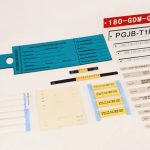HOME
/
How To Cut A Cable Tie?
How To Cut A Cable Tie?
Knowing how to safely and effectively cut a cable tie is an essential skill that can prevent a multitude of problems and ensure both personal safety and the integrity of the items being secured. Cable ties, also known as zip ties, are ubiquitous in various settings, from organizing electrical wires and securing equipment to bundling items together in household, industrial, and construction environments. While they are incredibly useful for their intended purposes, improperly cutting a cable tie can result in damaged cables, personal injury, or unintended damage to the surrounding area.
Why Should You Need to Know How to Cut Cable Ties?
One of the primary reasons for understanding the proper technique for cutting cable ties is to prevent damage to the objects they are securing. Cables, wires, and other sensitive materials are often held together by cable ties, and a careless or improper cut can easily nick or sever these items, leading to costly repairs or replacements. This is particularly critical in electrical or network setups, where a single damaged wire can disrupt an entire system, causing downtime and potentially significant financial losses.
Safety is another paramount concern. Using the wrong tool or technique to cut a cable tie can lead to serious injuries. Sharp tools like knives or scissors can slip, causing cuts or punctures. Additionally, the sudden release of tension when a tight cable tie is cut can cause it to snap back, potentially injuring eyes or skin. Wearing appropriate protective gear, such as gloves and safety glasses, and employing the correct cutting tools can mitigate these risks, ensuring the task is completed without harm.
Effectiveness is equally important. A clean, precise cut ensures that the cable tie is completely removed without leaving behind any sharp edges or remnants that could cause issues later on. For example, in automotive or aerospace applications, leftover pieces of a cut cable tie can create hazards if they are not properly disposed of. Using the right tools and techniques helps to maintain a tidy and safe working environment, which is crucial in settings where safety and organization are paramount.
Furthermore, knowing how to cut a cable tie effectively contributes to overall efficiency and productivity. Professionals who frequently work with cable ties, such as electricians, network engineers, and construction workers, can save significant time and effort by mastering this skill. It enables them to quickly and cleanly remove ties without the need for repeated attempts or corrections, allowing them to focus on more critical aspects of their work.
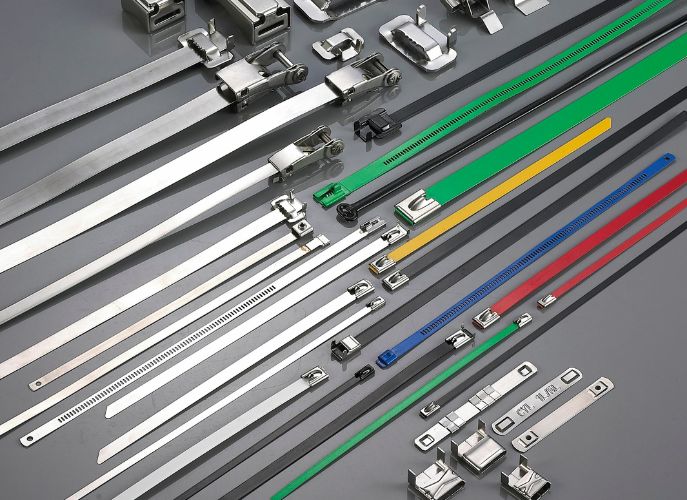
What a Cable Tie is and Common Uses
A cable tie, also known as a zip tie, is a versatile and widely-used fastener designed to bundle and organize items securely. Made from durable materials like nylon or stainless steel, cable ties feature a flexible tape section with teeth that engage with a ratchet inside the head, creating a secure and adjustable loop. This simple yet effective design allows cable ties to hold items together tightly until they are cut, making them an indispensable tool in various settings.
Cable ties are commonly used in the electrical and electronics industries to organize and manage cables and wires. By bundling cables together, cable ties help maintain a tidy and safe environment, reducing the risk of tripping hazards and improving the efficiency of troubleshooting and repairs. In data centers and network installations, they are crucial for managing complex arrays of cables, ensuring that systems remain organized and operational.
In addition to their use in electronics, cable ties are widely utilized in construction and manufacturing. They are employed to secure materials, parts, and tools, providing a quick and reliable method to keep components organized and easily accessible. For instance, in automotive assembly, cable ties are used to secure wiring harnesses, hoses, and other components, ensuring that they remain in place even in high-vibration environments. Similarly, in aerospace applications, they are used to manage wiring and components, where reliability and safety are paramount.
Cable ties also find numerous applications in household and DIY projects. They are handy for organizing items in garages, workshops, and home offices, from bundling extension cords to securing garden tools. Their ease of use and affordability make them a go-to solution for various organizational challenges. In addition, they are often used in outdoor settings to secure items such as fencing, tarps, and even holiday decorations, thanks to their resistance to weather and UV exposure.
Accordingly, cable ties are essential in emergency and temporary situations. For example, they can be used as makeshift handcuffs by law enforcement or security personnel when traditional restraints are unavailable. In outdoor adventures and survival scenarios, cable ties can be used for quick repairs, securing gear, or creating makeshift structures.
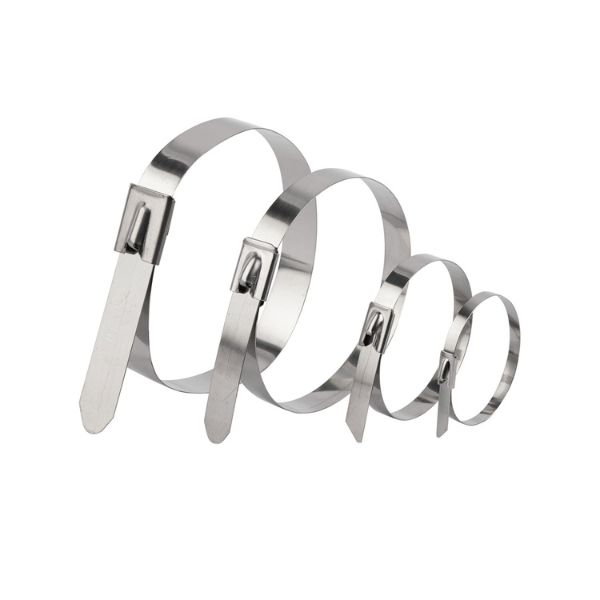
Materials Needed of Cutting a Cable Tie
Cutting Tools
1. Scissors
* Sharp, heavy-duty scissors designed to cut through tough materials.
* Preferably with ergonomic handles for better grip and control.
2. Wire Cutters
* Standard wire cutters or diagonal pliers that can easily snip through the plastic or metal of the cable tie.
* Ensure the blades are sharp and the tool is in good condition.
3. Utility Knife
* A utility knife with a retractable, sharp blade.
* Suitable for more precise cuts where space is limited.
Always use a fresh blade to ensure a clean cut.
4. Side Cutters
* Small, precise cutting tool often used in electronics and crafts.
* Ideal for cutting cable ties close to the securing point without damaging surrounding materials.
Safety Equipment
1. Gloves
* Protective gloves to prevent cuts and abrasions while handling sharp tools and materials.
* Preferably cut-resistant gloves for added safety.
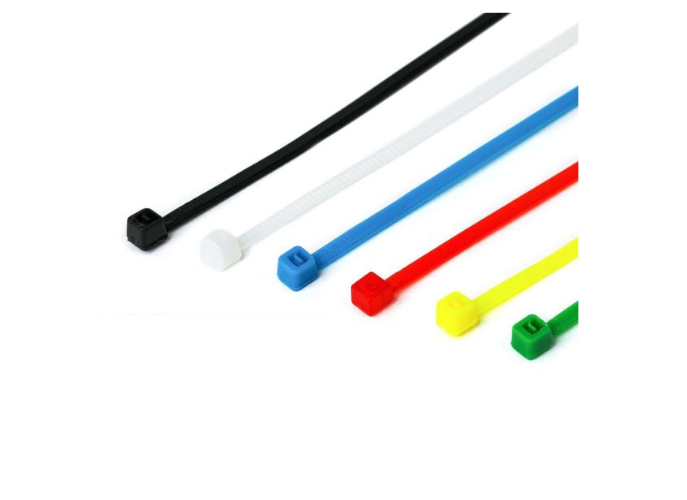
Additional Tools (Optional)
1. Needle-nose Pliers
* Useful for holding the cable tie steady while cutting, especially in tight or awkward spaces.
2. Flashlight or Work Light
* Provides adequate lighting to see the cable tie clearly, ensuring accurate and safe cutting.
* Essential for working in dimly lit or cluttered areas.
Disposal Materials
1. Trash Bin or Disposal Bag
* For collecting and safely disposing of the cut pieces of cable ties.
* Helps maintain a clean and safe work environment.
Having the right materials on hand is crucial for safely and effectively cutting cable ties. By selecting the appropriate cutting tool and wearing the necessary safety equipment, you can ensure a clean cut without damaging surrounding materials or injuring yourself. Additional tools like needle-nose pliers and adequate lighting can further enhance the ease and safety of the task. Finally, proper disposal of the cut cable ties helps maintain an organized and hazard-free workspace.

Methods of Cutting a Cable Tie
1. Using Scissors
Step-by-Step Instructions:
* Position the scissors underneath the head of the cable tie, near the locking mechanism.
* Angle the blades away from nearby wires or surfaces to avoid damage.
Apply steady pressure and cut through the cable tie.
Tips:
* Ensure the scissors are sharp for a clean cut.
* Choose scissors with a comfortable grip for better control.
2. Using Wire Cutters
Step-by-Step Instructions:
* Open the wire cutters and position the blades around the cable tie, close to the head.
* Squeeze the handles firmly to cut through the tie.
Tips:
* Use wire cutters with sharp blades to avoid crushing the tie.
* Choose wire cutters with a comfortable grip for better handling.
3. Using a Utility Knife
Step-by-Step Instructions:
* Extend a small section of the blade for precision.
* Position the blade underneath the head of the cable tie.
* Apply pressure and carefully cut through the tie.
Tips:
* Use a new, sharp blade to ensure a clean cut.
* Cut away from your body to prevent accidents.
4. Using Side Cutters
Step-by-Step Instructions:
* Position the side cutters as close to the head of the cable tie as possible.
* Squeeze the handles to cut through the tie cleanly.
Tips:
* Side cutters provide precise cutting, ideal for cutting ties close to the securing point.
5. Using a Cable Tie Tensioning Tool (for Metal Ties)
Step-by-Step Instructions:
* Place the tensioning tool over the metal tie.
* Apply tension to the tie until it breaks.
Tips:
* Suitable for cutting metal cable ties cleanly and efficiently.
* Ensure the tensioning tool is appropriate for the size and strength of the tie.
6. Using Automatic Cable Tie Guns (for Large-Scale Operations)
Step-by-Step Instructions:
* Load the cable tie into the gun.
* Position the gun around the cable tie to be cut.
* Press the trigger to automatically cut and secure the tie.
Tips:
* Ideal for industrial or large-scale operations where efficiency is paramount.
Choosing the appropriate method for cutting a cable tie depends on factors such as the type of tie, the material it’s made of, and the precision required. By following these methods and tips, you can safely and effectively cut cable ties for various applications. Always prioritize safety and use the right tools for the job to achieve clean and reliable results.
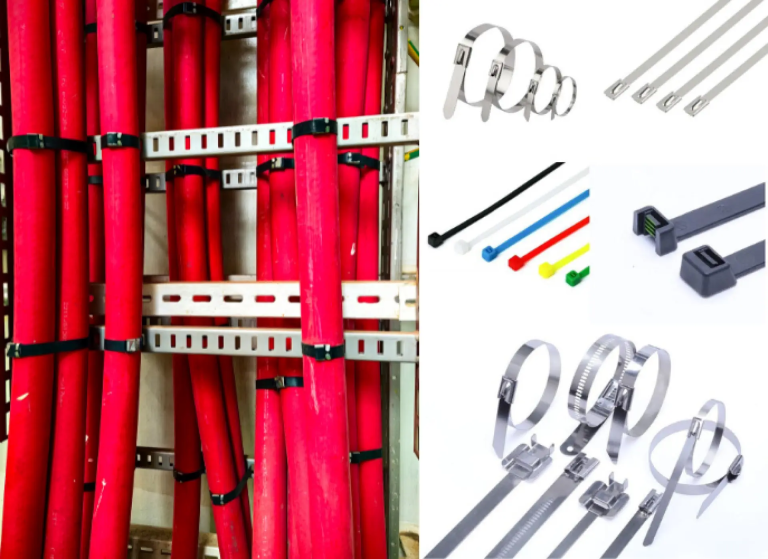
Additional Tips
When it comes to cutting cable ties, there are several additional tips to consider beyond just the cutting technique itself. These tips can help ensure a smoother and safer experience, as well as prevent future issues with cable tie usage.
1. Selecting the Right Tool
Choosing the appropriate cutting tool is crucial for effectively cutting cable ties, especially considering the type and tightness of the tie being cut. For example, if dealing with thin plastic ties, scissors or wire cutters may suffice. However, for thicker or metal ties, a utility knife or specialized cable tie tensioning tool may be necessary. Consider the material and size of the tie, as well as the surrounding environment, when selecting the tool to ensure clean and precise cuts without damaging adjacent components.
2. Maintaining Tools
Keeping cutting tools sharp and clean is essential for efficient and safe cable tie cutting. Dull or dirty blades can lead to jagged cuts, increased effort, and potential accidents. Regularly inspect and sharpen cutting tools as needed to maintain their effectiveness. Additionally, after each use, clean the blades to remove any debris or residue that may affect their performance. Proper maintenance not only prolongs the lifespan of the tools but also ensures consistent and reliable results when cutting cable ties.
3. Preventing Future Issues
To avoid over-tightening cable ties in the future, consider the following tips:
* Use Tensioning Tools: When securing large bundles or heavy items, use cable tie tensioning tools to apply uniform tension and prevent over-tightening.
* Follow Manufacturer Guidelines: Adhere to the manufacturer’s recommendations regarding the maximum tension and load capacity of the cable ties.
* Leave Adequate Slack: Allow for some slack when securing cables or objects with cable ties to prevent excessive pressure and potential damage.
* Regular Inspections: Periodically inspect secured items to ensure the cable ties are not causing undue strain or damage. Adjust or replace ties as needed to maintain optimal tension and security.
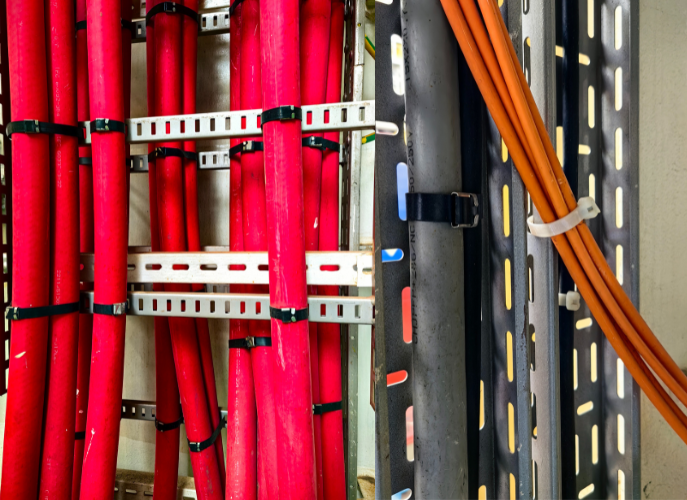
Conclusion
In conclusion, mastering the art of cutting a cable tie is more than just a mundane task—it’s a skill that ensures safety, efficiency, and reliability in various applications. By following the methods outlined and incorporating additional tips, individuals can confidently tackle the task of cutting cable ties with precision and ease.
From selecting the right cutting tool for the job to maintaining tools in optimal condition, attention to detail plays a crucial role in achieving clean and effective cuts. Furthermore, understanding the importance of preventing future issues, such as over-tightening, can help prolong the lifespan of secured items and minimize the risk of damage.
Whether in professional settings like electrical installations or everyday scenarios like home organization projects, knowing how to safely and effectively cut cable ties contributes to smoother operations and a safer environment. By prioritizing safety, selecting the appropriate tools, and following best practices, individuals can confidently handle the task of cutting cable ties, ensuring success in their endeavors.
Therefore, mastering the art of cutting cable ties is not just about snipping through plastic or metal—it’s about achieving precision, efficiency, and reliability in securing and organizing items, ultimately leading to safer and more streamlined processes.



